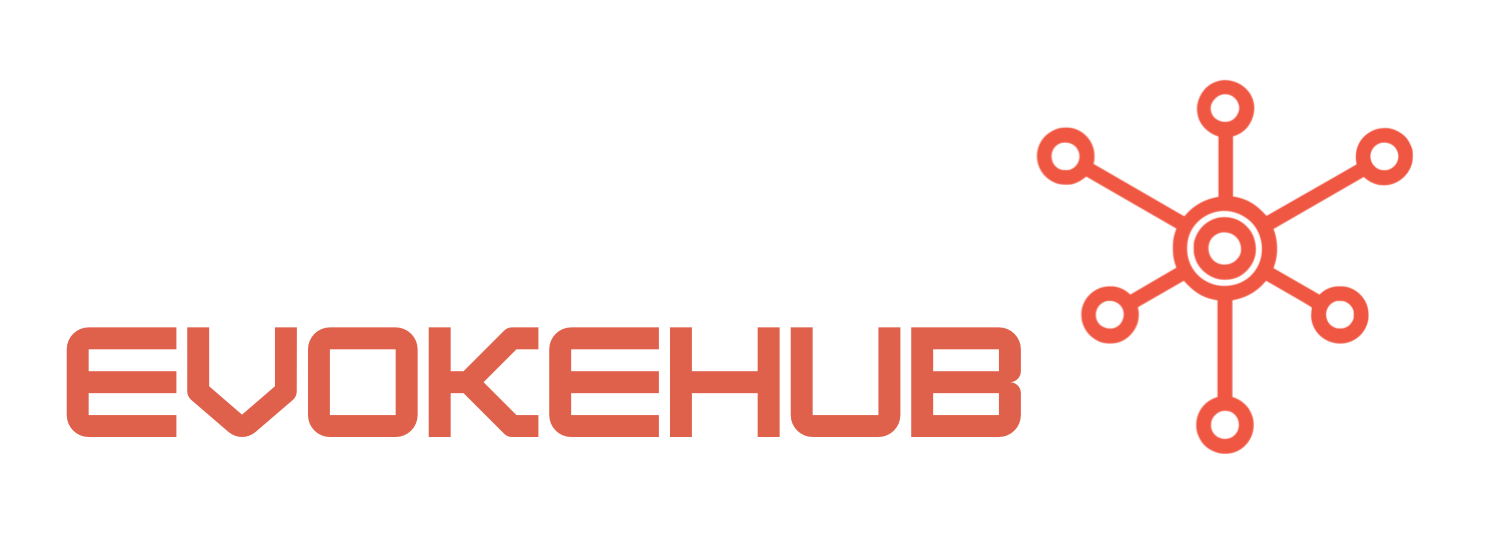Innovative Strategies for Product Development in Thai Teams
Thai teams have embraced a variety of innovative strategies that leverage their cultural strengths and collaborative environments. One notable approach is the integration of traditional Thai craftsmanship with modern technology, creating products that resonate with both local and global markets. This blend not only preserves cultural heritage but also adds unique value, making these products stand out in a competitive landscape. Teams are increasingly using platforms such as Creative Thailand to showcase these innovations, fostering a spirit of entrepreneurship.
Another effective strategy is the emphasis on cross-disciplinary collaboration. Thai product development teams often consist of diverse skill sets, including engineers, designers, and marketers, working together from the project’s inception. This holistic approach enables teams to address potential challenges early on, ensuring that all aspects of the product align with market needs. By utilizing collaborative tools and methodologies like Agile, teams can iterate quickly and adapt to feedback, enhancing the product’s relevance and functionality.
Furthermore, Thai teams are increasingly focusing on sustainable product development. There is a growing awareness of environmental issues, leading teams to incorporate eco-friendly materials and practices into their design processes. This commitment to sustainability not only appeals to ethically conscious consumers but also aligns with global market trends, giving Thai products a competitive edge. Organizations like Thailand Sustainable Development Foundation play a pivotal role in promoting sustainable practices, helping teams innovate responsibly.
Effective Design and Analysis Techniques for Success
Design and analysis techniques are fundamental to the success of product development, and Thai teams are leveraging advanced methodologies to refine their processes. User-centered design is at the forefront of these efforts, where teams actively engage with potential users during the design phase. This approach allows teams to gather valuable insights that inform design decisions, ensuring that the final product meets user expectations. By employing tools such as UserTesting, teams can conduct usability testing and gather real-time feedback, leading to improved product iterations.
Incorporating data analytics into the design process is another technique that has proven effective for Thai teams. Data-driven decision-making allows teams to analyze market trends, consumer behaviors, and competitor strategies, enabling them to make informed choices throughout the product development lifecycle. Many teams utilize platforms like Google Analytics to track user engagement and preferences, facilitating a stronger alignment between product features and market demands.
Lastly, the application of rapid prototyping techniques has revolutionized how Thai teams approach product development. By creating quick, low-cost prototypes, teams can visualize concepts and test functionalities without lengthy development cycles. This iterative process not only accelerates time-to-market but also fosters a culture of experimentation and innovation. Resources such as Prototyping Tools offer various solutions that aid teams in bringing their ideas to life efficiently, ultimately leading to higher quality products.
In summary, Thai teams are effectively transforming innovative ideas into market-ready products through a combination of culturally resonant strategies and advanced design and analysis techniques. By fostering collaboration, prioritizing sustainability, and utilizing user-centered approaches, these teams are well-positioned to navigate the challenges of product development. As Thailand continues to emerge as a hub of creativity and innovation, the success of its teams serves as a testament to the power of effective teamwork and strategic thinking in the ever-evolving landscape of global markets.




